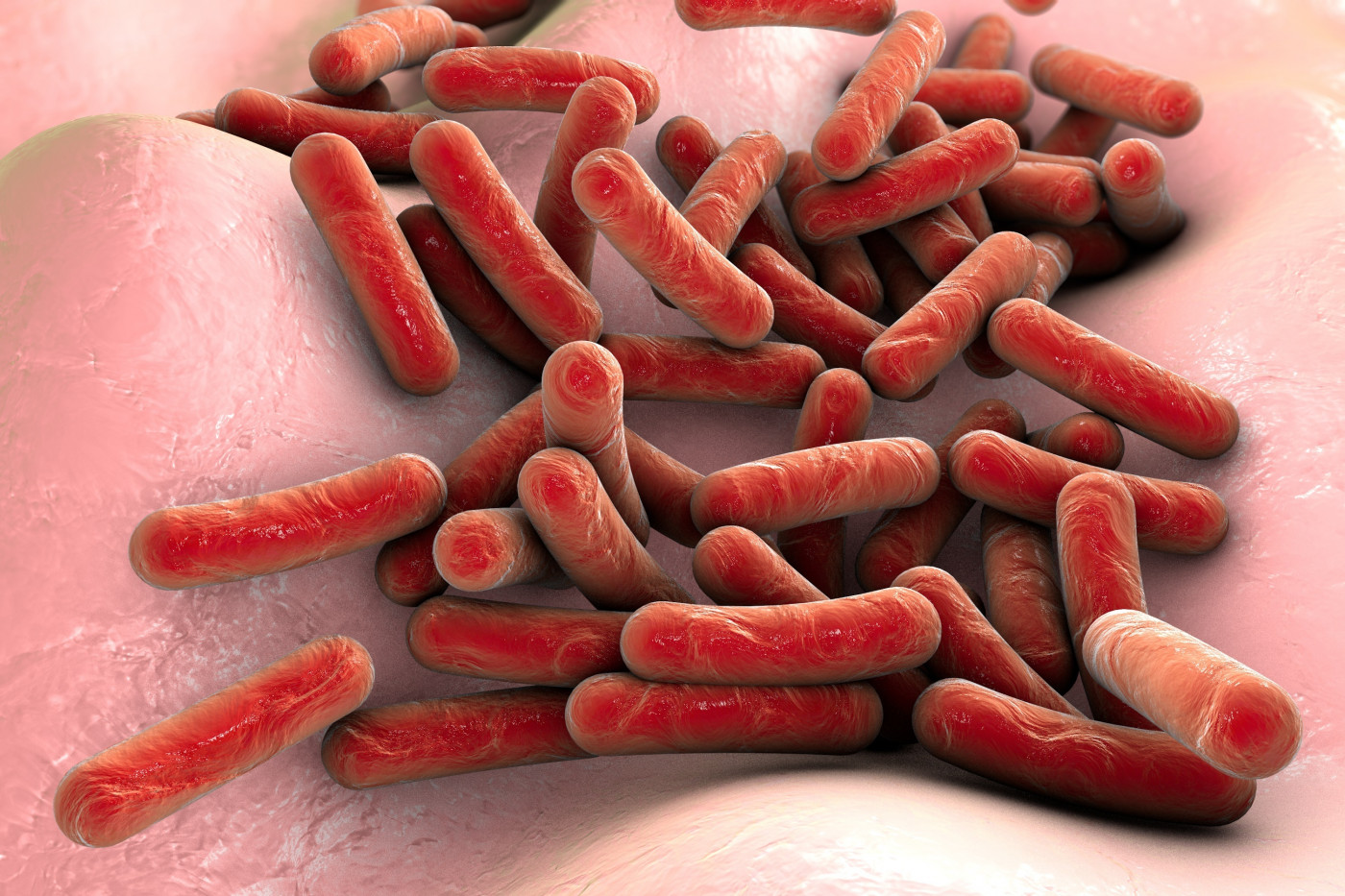Research Sets Out to Identify Mechanisms of Dormant, Antibiotic-resistant Bacteria

Developing a way to destroy persister cells — bacterial cells that enter a dormant phase and are able to resist antibiotics — is the goal of Mehmet Orman, a professor at the University of Houston.
The cells can cause recurrent lung infections in cystic fibrosis (CF) patients.
“If we know how persister cells are formed, we can target their formation mechanisms to eliminate these dangerous cell types,” Orman, a professor of chemical and biomolecular engineering, said in a press release.
Orman’s research is funded by a $1.9 million grant from the National Institute of Allergy and Infectious Diseases.
Orman believes the cells’ natural cleaning system, called autophagy, stimulates persister formation.
Autophagy means “self-eating,” and is a key process cells use to maintain equilibrium. It degrades cell constituents that are damaged or no longer required, so that they can be recycled and used in new functions. This self-eating mechanism is triggered by environmental stress conditions, including lack of nutrients, low oxygen (hypoxia), and overpopulation.
Self-digestion can damage cells and lead them to a state of dormancy. In this dormant state, bacteria are less fit to produce proteins and are not actively dividing, which provides temporary protection against the action of antibiotics.
Self-digestion is important for survival. However, while it has been studied thoroughly in human and other mammalian cells, its role in bacteria remains unknown.
Orman is using the bacteria Escherichia coli (E. coli) as a model organism to understand how autophagy is linked to persister cell formation. He will then work to identify chemical compounds that can target those mechanisms and eliminate persister cells.
“Mapping of this comprehensive bacterial pathway from its initial, exogenous trigger, through its signal transduction, to the source of antibiotic tolerance, will enable us to develop affective anti-persister therapeutics,” Orman said.
Orman has already developed methods to directly measure the metabolism of persister cells. His findings have shown that persister cells come from dormant cells in which metabolic activities are maintained by self-digestion.
“By integrating our expertise in bacterial cell biology with advanced current technologies, we aim to decipher the key components of this pathway to provide a clear and much-needed picture of bacterial self-digestion mechanisms,” Orman said.







